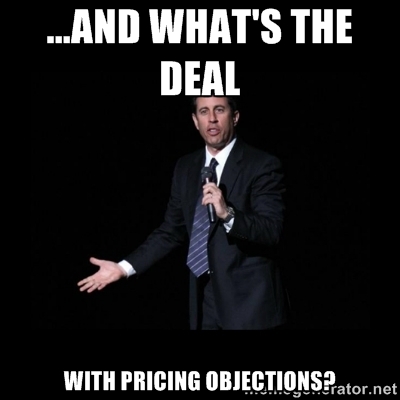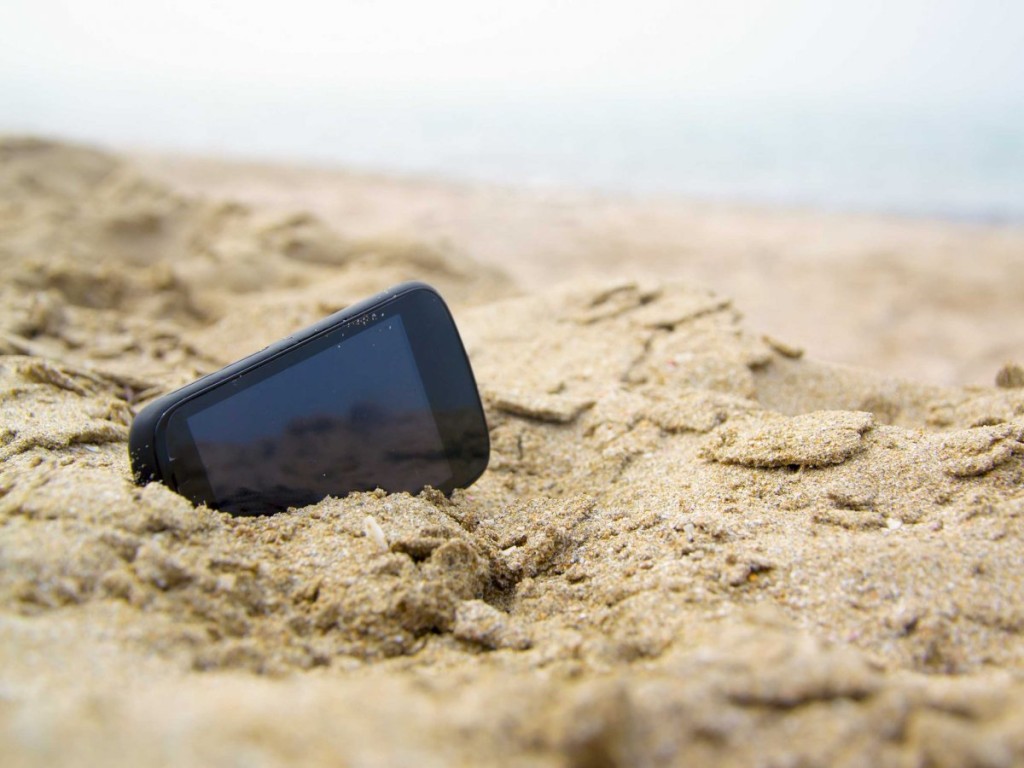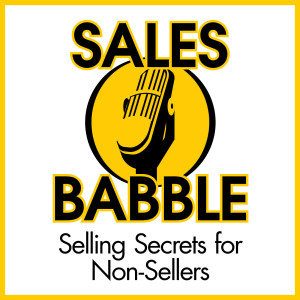You Think Cold Calling is Tough? Try Doing it in a Foreign Language!
When I first stared at this job and began to grow the business across Canada, there was a huge gaping hole in my territory. That gaping hole was the French-only speaking province of Quebec. Two years into my position I came to the point where I couldn’t avoid it any longer. I wanted to continue to grow my sales and I knew that market was untapped and full of opportunity.
Why did I avoid it for so long?
Because I don’t speak French! I had only ever taken basic French up until Grade 12 so I knew some of the basics but far from what I needed to know to try and conduct business. The French knowledge that I did learn in school was pretty much useless because for some reason here in Canada, they teach you Parisian French but in Quebec they speak Quebecois French which is essentially another language. I have met people who have moved to Quebec from France and they have told me that it took them almost 2 years to pick up the dialect.
So I did what I normally do when confronted with something I don’t like to do, tell myself, “Suck it up Princess!” and just do it!
So I came up with a plan:
1. Translate all Literature into French. I opted to do this as a sign of respect for their language and I’m glad I did because I later learned that in Quebec the government has a “Language Police” division that will fine companies who correspond with Quebec companies in English before French.
2. Write a Cold Calling Script Using Google Translate. The script I created was a general introduction which included:
- My name, company name and my role (single sentence)
- What my company does (single sentence)
- Ask if I could send them information and for them to provide their contact details
3. Cold Call Using My Script in French and hope and pray that I could understand the contact details they gave me!!! If they said anything else, I was totally lost and couldn’t understand!
4. Mail or Email Literature. This was the easy part!
5. Follow-up Call – SKIPPED –Yes I skipped the follow-up call because even if I could figure out how to ask the right questions, there was no way I could understand what they would say to me in response!
6. Schedule a Face-to-Face Meeting using a New Script– In this script which I once again wrote with the assistance of my new best friend Google Translate, in which I:
- Asked if they received the information I sent them. I could understand oui (yes) or non (no)- Yay me!
- Mentioned that I will be meeting with other practitioners in their area on DAY X or DAY Y and if they would have time to meet with me. I wrote out all of the days of the week in English and French so I could have a quick reference at my side. I did happen to know my numbers in French so that helped with setting appointment times.
- Confirmed the date and time of the meeting, hung up the phone and hoped for the best!
7. Show up for the Meeting and hope to God that I Understood Correctly! Was I at the right place at the right time? Did I get a meeting with the decision maker? Hoping that the receptionists (who only spoke French) didn’t ask me any questions or try to initiate a conversation. Sweat, sweat, sweat!!! I tell you, a business card can go a long way when you can’t express yourself properly. When the front desk staff would try to engage with me, all I could do was smile and say, “Parlez-vous Anglais?”. Usually that just ended with a “non” and we sat there awkwardly as I tried to keep my palms planted firm on my legs as to make sure my hands weren’t too sweaty when I went in for that handshake with my new potential client.
8. In the Meeting Hope that the Client Speaks Some English. Most of my clients in Quebec are also trained in English so as long as you put some effort in to speak French then politely ask to converse in English, they will be more than willing to try. A lot of these conversations involved us sitting together using the Google Translate app on our cell phones in order to properly communicate! In some cases we would find one of their staff members who had an excellent command of both languages who would act as our translator.
What was The Biggest Obstacle I had to Overcome? Pricing Objections!
For those of you who read my recent article “The Pricing Objection: What it Really Means and How to Overcome it” you will know that I always try to focus on creating value rather than focusing on price. In this scenario, the language I would normally use to convey value was too complicated to be “dumbed down” sort to speak into basic English. So where did that leave me? Struggling with pricing objections. All they wanted was price and when they saw that my prices were higher, we suddenly had nothing else to discuss, or rather could not carry on a conversation about anything else because of the language barrier. Can you say awkward?
At this point, I’d lost on price and was unable to convey value as I had always done, focusing on product quality and service. So now what?
This is when it pays off to listen to your clients, even if you can’t fully understand them because as it turned out, there was something I could do to create value for them.
They were all asking me if we had anyone at the office who spoke French. At the time, my company didn’t have anyone who spoke French but neither did my competitors. So I made a call to my boss and asked him if he would be willing to hire someone who is bilingual if I get some business and he agreed.
9. Make a Deal- “If you give me 50% of your business, my company will bring on a French-speaking customer service representative.” And that did the trick. It got me into the province and from there I was able to come back and grow it into a very lucrative territory, with the help of our new bilingual customer service rep of course.
So I am sure most of you are thinking, “I will never be in this situation so it doesn’t apply to me.”, and sure you are right to some extent, however the take home message I have for all of you sales people out there is that if you want to succeed in sales:
- Grow some balls, “Suck it up Princess” and get out there no matter how intimidated you are.
- Always listen to your clients (even if you can’t really understand them!).
- Be creative and think outside of the box, always striving to find solutions to your clients’ needs.
Happy sales my friends…and don’t be shy!
Cheers,
TSW









 en and women are not equal. Men are much more likely to be the aggressor, the alpha, the initiator, the one to ask directly for what they want and not be afraid of hearing “No” as a response. That being said, the more men ask, the more often they hear “No” and “Yes”. If men were put off by every “No” that they heard, they certainly wouldn’t keep asking. Basic psychology suggests that if there is a chance at even obtaining the slightest reward, one shall seek it repeatedly without extinction.
en and women are not equal. Men are much more likely to be the aggressor, the alpha, the initiator, the one to ask directly for what they want and not be afraid of hearing “No” as a response. That being said, the more men ask, the more often they hear “No” and “Yes”. If men were put off by every “No” that they heard, they certainly wouldn’t keep asking. Basic psychology suggests that if there is a chance at even obtaining the slightest reward, one shall seek it repeatedly without extinction.



